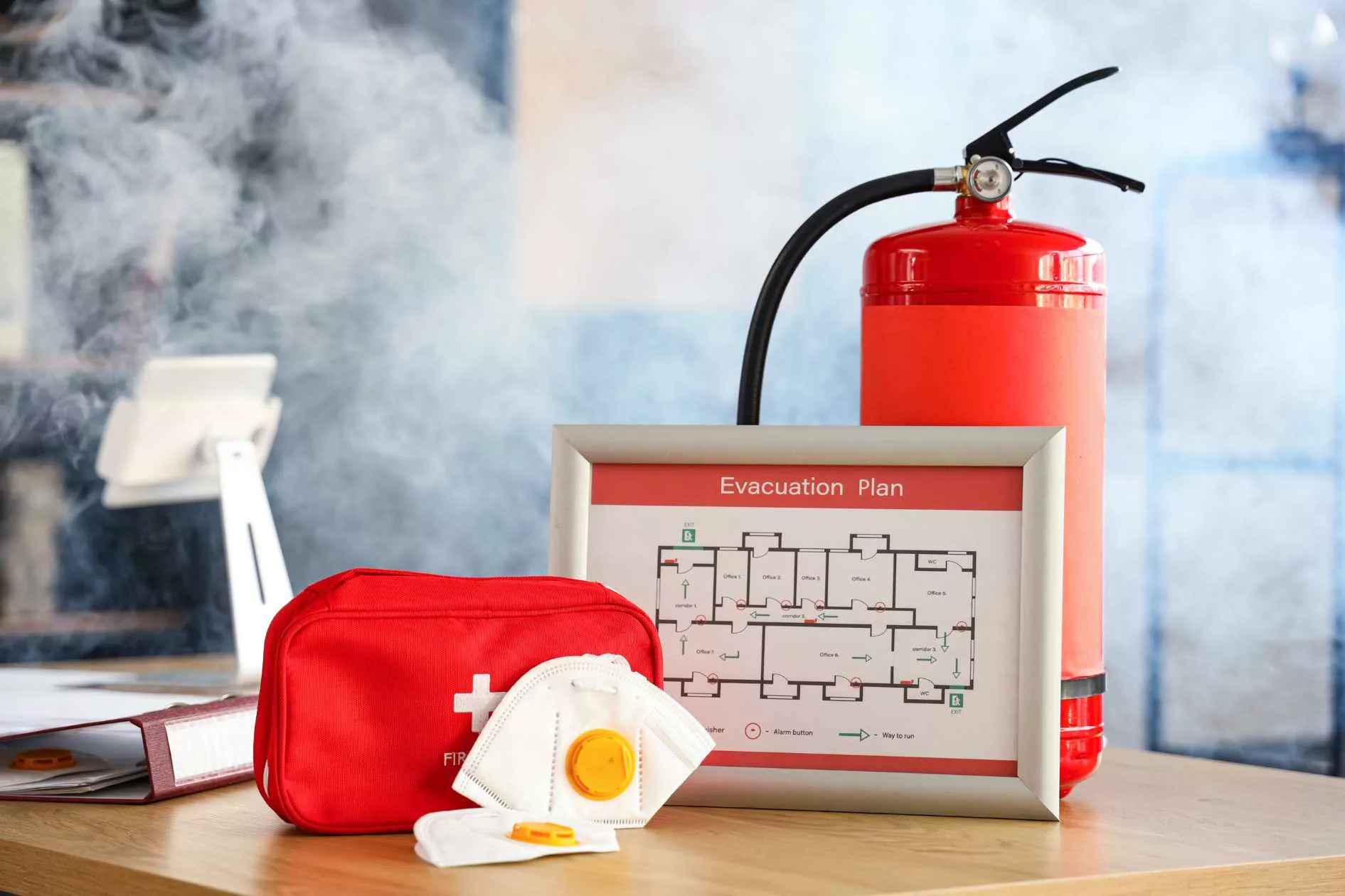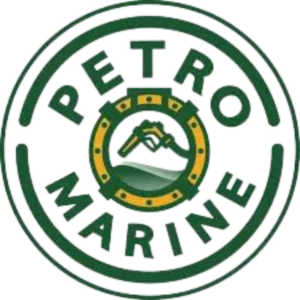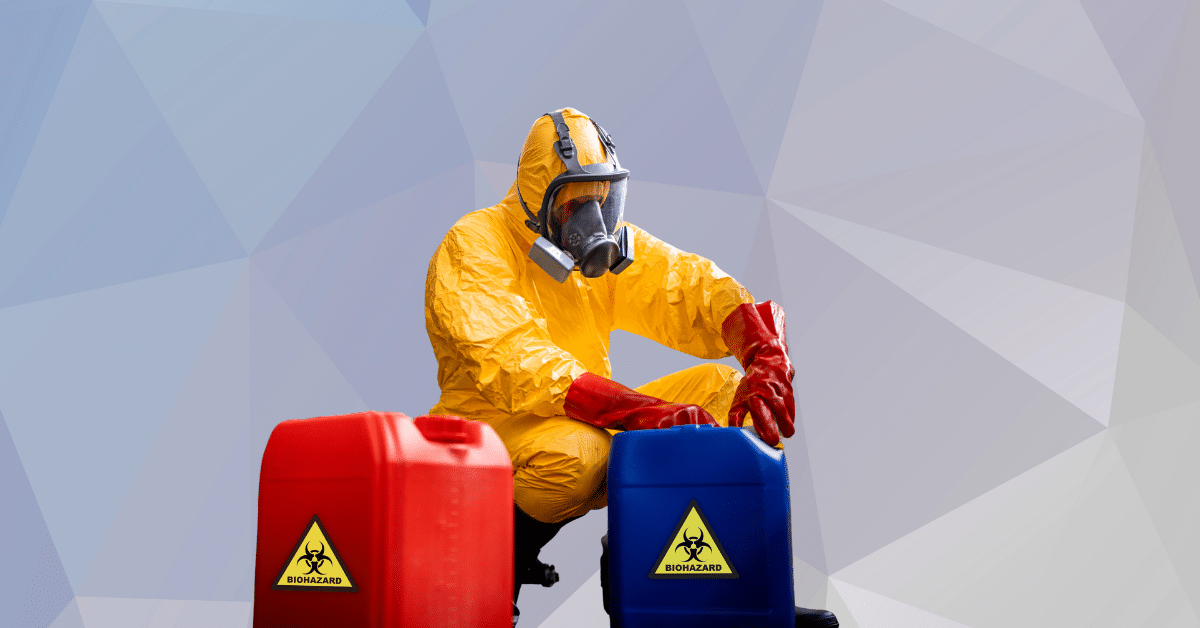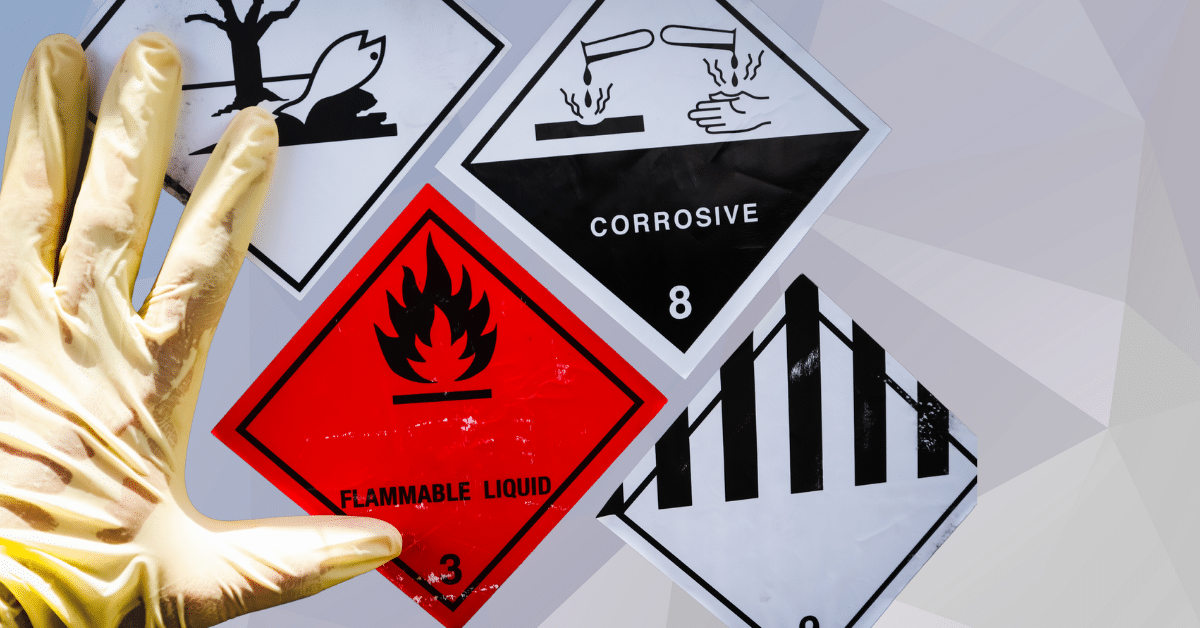Fires don’t just destroy buildings but also cost lives and livelihoods. Who would ever know that break time cooking could lead to blazing flames, spreading panic throughout the office? That’s why every employee needs to know about the fire codes and regulations to save their lives.
Whether it’s the building design, the presence of fire extinguishing equipment, or exit routes, a fire code is a necessity for compliance and safety.
This blog will break down all the necessary codes and regulations step by step so that you can stay away from trouble and closer to safety.
Key Organizations Responsible for Enforcing Fire Safety and Regulations
When it comes to fire safety, you think about alarms, sprinkles, and evacuation plans. But, have you ever wondered who has set the rules that make all the systems work?
The National Fire Protection Association (NFPA), the Institution of Fire Engineers (IFE), and the International Code Council (ICC) are the three most vital organizations that are responsible for enforcing fire safety and regulations by providing the codes and regulations.
National Fire Protection Association (NFPA)
NFPA regulations are like the quick book to fire safety codes and regulations. The organization has developed over 300 fire safety regulations to keep people and properties safe. From building design to the working of fire alarms, these codes contain every detail you need to know.
Let’s have a look at some of the key codes:
NFPA 1: General fire safety measures.
It’s like the “all in one guide” that outlines all the basic fire safety measures for almost every type of building.
NFPA 101: Focuses on occupant safety.
Let’s say you are in a crowded theatre and the fire breaks out. This is where NFPA 101 comes in handy. It makes sure that the exits are clear, fire-resistant materials, and emergency lighting is present and working to keep you safe.
NFPA 72: Alarm system requirements.
Alarms are a lifesaver! But what if they don’t work? Code NFPA 72 makes sure that all the buildings have installed fire alarms. Moreover, it makes sure that the alarms are working and maintained according to needs.
NFPA 13: Sprinkler installation standards.
The sprinkler system is like an oasis in the middle of the desert. They can stop the fire before it spreads, saving your lives and property. NFPA (13) is responsible for explaining how to design and install the sprinkler system.
International Code Council (ICC)
The ICC is another big name in the fire safety world. They are responsible for the International Fire Code (IFC). IFC sets the rules that apply to new and existing buildings. But what makes it stand out?
- They work alongside NFPA codes to add that extra layer of protection.
- These fire codes and regulations are updated regularly to make sure that the latest technologies and methods are incorporated.
Local Fire Codes vs. National Standards
While national standards set a baseline, local fire codes often go further to address challenges related to a specific region.
Amendments
As far as the amendments to national standards are concerned, local authorities can make national codes stricter. For example, a city might lower the permitted height of pull stations to improve accessibility.
Variability
No two places are the same. Every space would have different rules that they would need to follow. For instance, some states mandate uniform codes, while others allow counties to enforce their own rules.
Unique Requirements
Chicago, for example, has specialized fire codes for high-rise buildings, requiring additional safety measures like pressurized stairwells.
Resources for Clarity
Tools like UpCodes make it easier to compare local amendments against national standards, ensuring compliance wherever you are.
Importance of Compliance
Compliance with fire safety regulations minimizes the risk and protects lives. It isn’t just about checking the boxes to meet the legal requirements, but making sure everyone stays safe during a fire. Compliance ensures:
Safety
When the smoke from the fire quickly fills the building, clear exits, functioning alarms, and sprinkler systems can make a difference. They would mean a safe evacuation without chaos.
Compliance with fire codes and regulations makes sure that all the systems are already in place. They must be ready all the time to safeguard employees, customers, and visitors.
Legal
Do you know that non-compliance could lead to hefty fines? Even for fire extinguishers, if it is not working or has some problem, OSHA puts a penalty of $16,000 per violation with additional fines for each day until the issue is resolved.
Therefore, it is your responsibility to keep everything according to the rules to avoid legal issues and keep your business and lives safe.
Insurance
Insurance providers usually require proof of fire code compliance before they offer the coverage. But if there is no compliance, you wouldn’t be able to get the coverage even if it wasn’t your fault.
A claim would be denied if the fire alarm system was not maintained properly. So, compliance ensures you meet these requirements and protect your business assets.
What are Common Fire Code Violations?
Fire codes and regulations for business are there to keep us safe, but they only work if we follow them. Unfortunately, negligence towards some essential fire safety regulations put all lives at risk. These violations might seem minor but they can cause catastrophic destruction.
Blocked Or Obstructed Exits
Let’s say a fire has broken out in a busy office on a Monday morning. The office has a well-established fire evacuation plan and they have been trained. However, when the employees rush to the nearest exit, they see it blocked by the latest shipment that arrived in storage boxes.
This causes panic and precious seconds are wasted during the search for the alternative. compliance with fire safety regulations makes sure that all the exits are clear and accessible all the time.
Improper Storage
Improper storage is one of the leading fire code violations that leads to various mishaps. Take the example of a restaurant that stores cleaning chemicals next to a stove. A small spark from the stove can ignite a raging fire when it comes in contact with the cleaning chemicals.
Therefore, the fire codes and regulations make it mandatory to store flammable objects away from heat sources.
Tampering With Fire Safety Equipment
It’s Christmas time. The office has been decorated with ornaments, trees, and garlands.
However, no one thought that during the Christmas dinner celebration, a garland would catch fire. But thank god the office has fire sprinklers and extinguishers, right? When employees turn to the sprinkler to do its job, it has been blocked with a decoration.
No problem, let’s get the extinguisher. But oh no wait, there are garlands and decorations stuck to it making it hard to come out. That’s when everyone realizes that tampering with fire safety equipment has put everyone at risk.
Inadequate Fire Alarm Systems
It is required for a multi-story building to have a fire alarm system on every floor. It is also crucial to make sure that all the alarms are working. However, during a fire, a few alarms didn’t go off.
Why? Because they were not maintained and checked. The residents or employees remain unaware as the fire spreads.
A poorly maintained or non-functional alarm system is not just a violation but a perfect recipe for disaster.
Non-Compliant Building Modifications
Imagine moving into a new building only to find out that the doors or the hallways do not meet the fire code standards. Maybe the hallways are too narrow or maybe the exits lack proper fire resistance.
Whatever the case, modifications that do not meet fire code standards create hidden dangers during evacuation. This would lead to the inability to escape the premises at the right time.
Improper Use Of Space
Not every space is perfect for storing flammable materials. It wouldn’t be a good means to store propane tanks in a small utility room.
This might seem harmless at first but it creates significant fire risk. Fire codes clearly state that spaces must be used safely to prevent fire safety hazards.
Failure To Maintain Egress Width
During fire evacuation, a narrow hallway or exit route could lead to crowds building up, causing more panic and chaos. This might slow everyone down.
Fire codes are there to clearly dictate the building owners to build stairwells and hallways according to the preset standard for safe evacuation.
Conclusion
Compliance with fire and safety rules and regulations is not merely a legal requirement. It is a commitment to the safety and protection of lives and property. Avoiding common violations and staying prepared all the time makes a difference in an emergency.
Make sure your team has proper training through Coggno where you will find courses just according to your workplace needs. Equip your employees with expert fire safety training.
Don’t wait for a crisis. Invest in training today for a safer tomorrow!


















